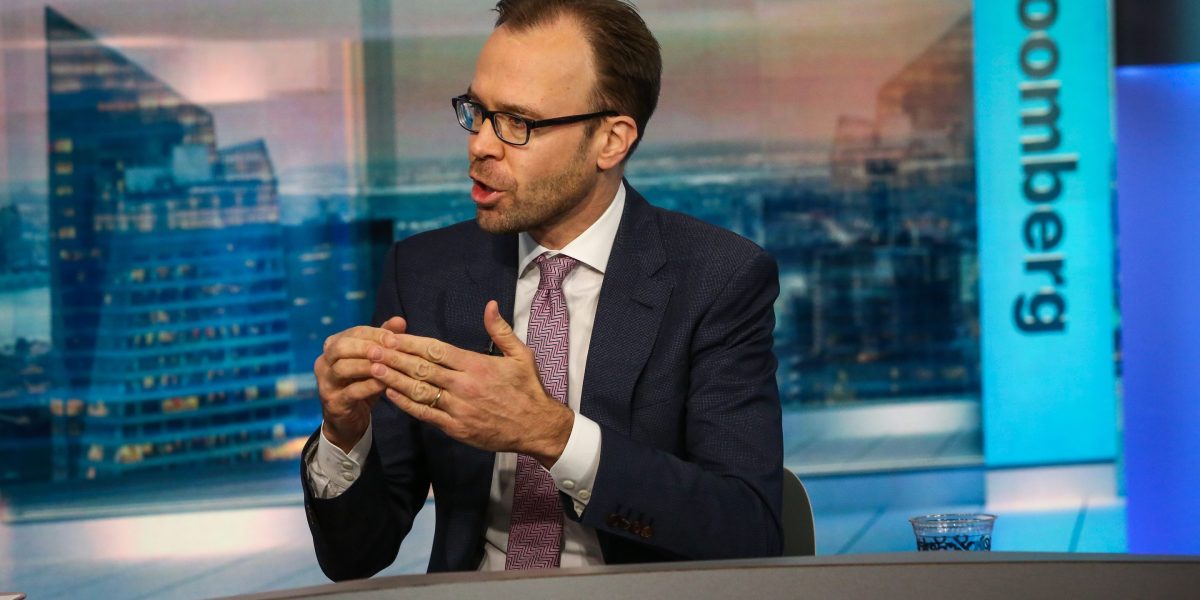
"Jan Hatzius warned that U.S. GDP estimates showing 3.8% growth in Q2 and 3.3% in Q3 may be overstated, due to missing data from the government shutdown and weakening labor trends. He pointed to falling employment indicators and survey data signaling stagnation, arguing job market weakness offers a more accurate gauge of current growth. Hatzius also cited temporary boosts from tariff-driven stockpiling earlier this year and warned that younger workers face growing hiring challenges, particularly as AI adoption reshapes labor demand."
"GDP estimates which show steady growth in the American economy may prove to be overly optimistic, Goldman Sachs warned, as a vacuum of data during the government shutdown may result in employment figures ultimately dragging down the optimistic outlook. In a note seen by Fortune, Goldman's chief U.S. economist Jan Hatzius highlighted that GDP estimates have moved up sharply during the government shutdown, with Q2 tracking at 3.8% and Q3 at 3.3%."
"On the employment side, Hatzius noted the labor outlook in surveys, such as manufacturing and service growth, had fallen "well below [the index midpoint of] 50, consistent with employment stagnation or even contraction." As a result, Goldman's labor market tightness tracker (which averages out data including the estimated unemployment rate, estimated job openings, the Conference Boar"
GDP estimates track Q2 growth around 3.8% and Q3 near 3.3–3.9%. Missing government data from a shutdown may bias those estimates upward. Employment indicators and business surveys have fallen well below midpoint readings, consistent with hiring stagnation or contraction. Labor market tightness measures have weakened and could pull down GDP when full data are available. Tariff-driven stockpiling earlier in the year provided a temporary boost to output. Younger workers face rising hiring challenges as AI adoption reshapes demand for skills. The Federal Reserve remains likely to reduce rates at least once before year-end despite market gains.
Read at Fortune
Unable to calculate read time
Collection
[
|
...
]